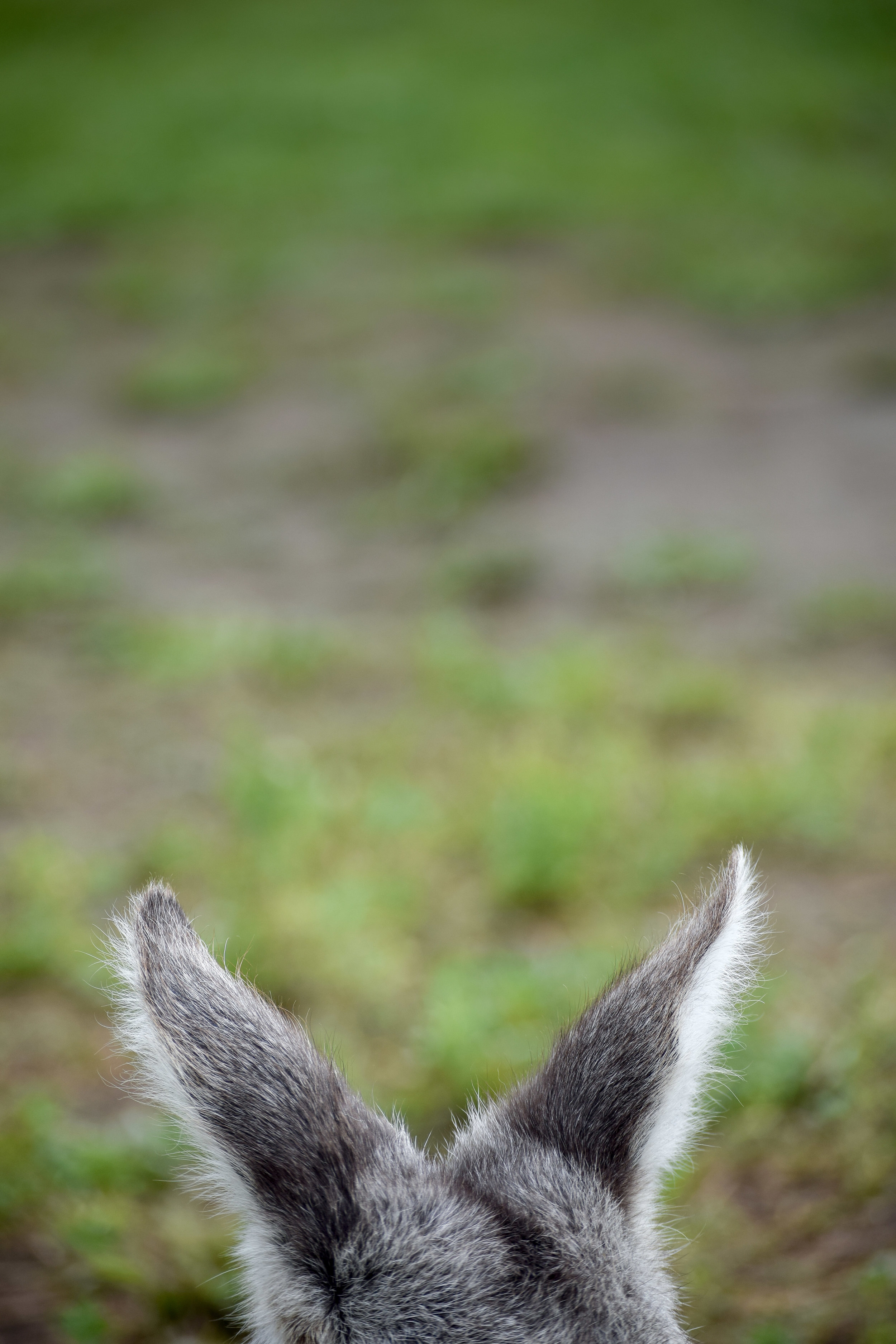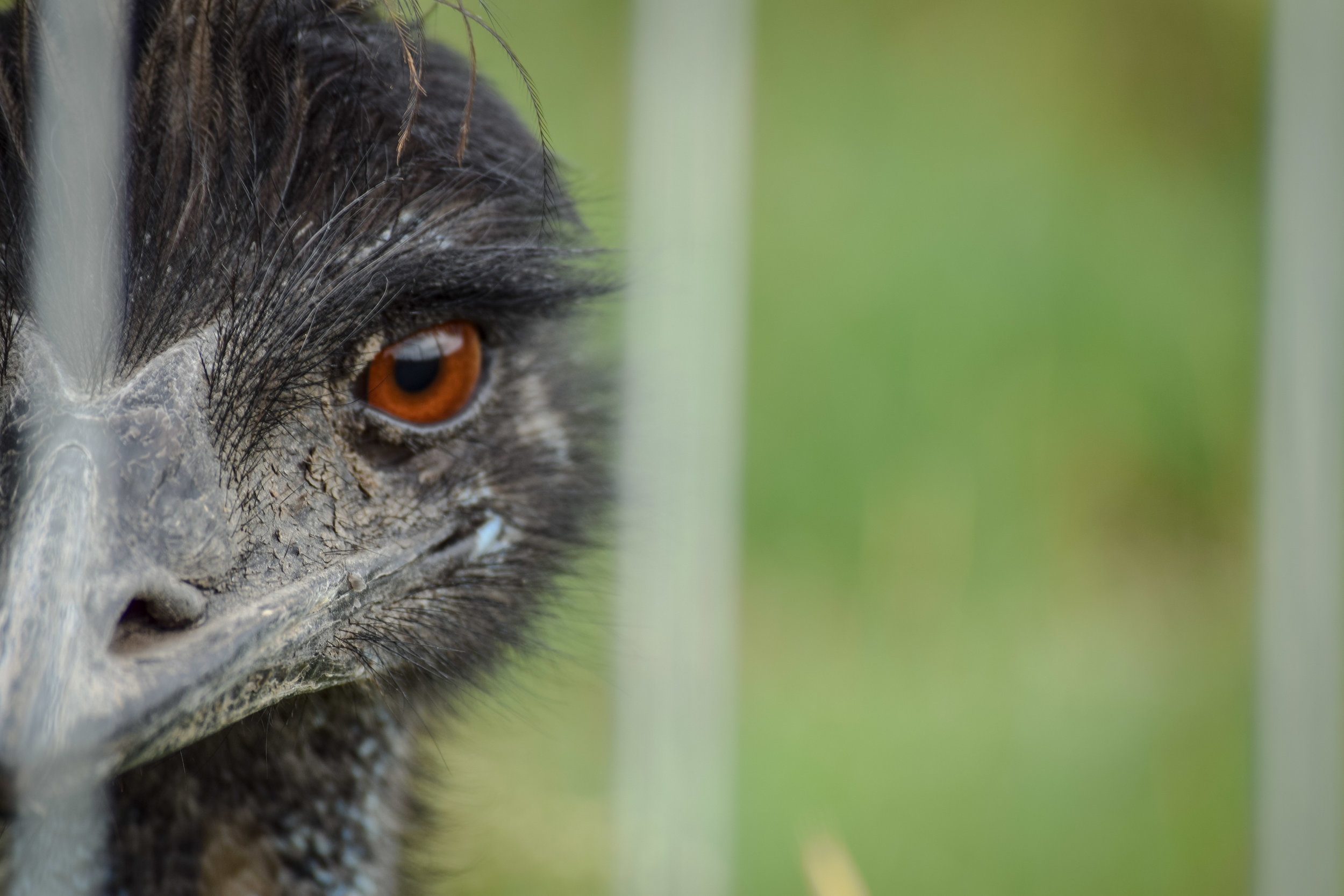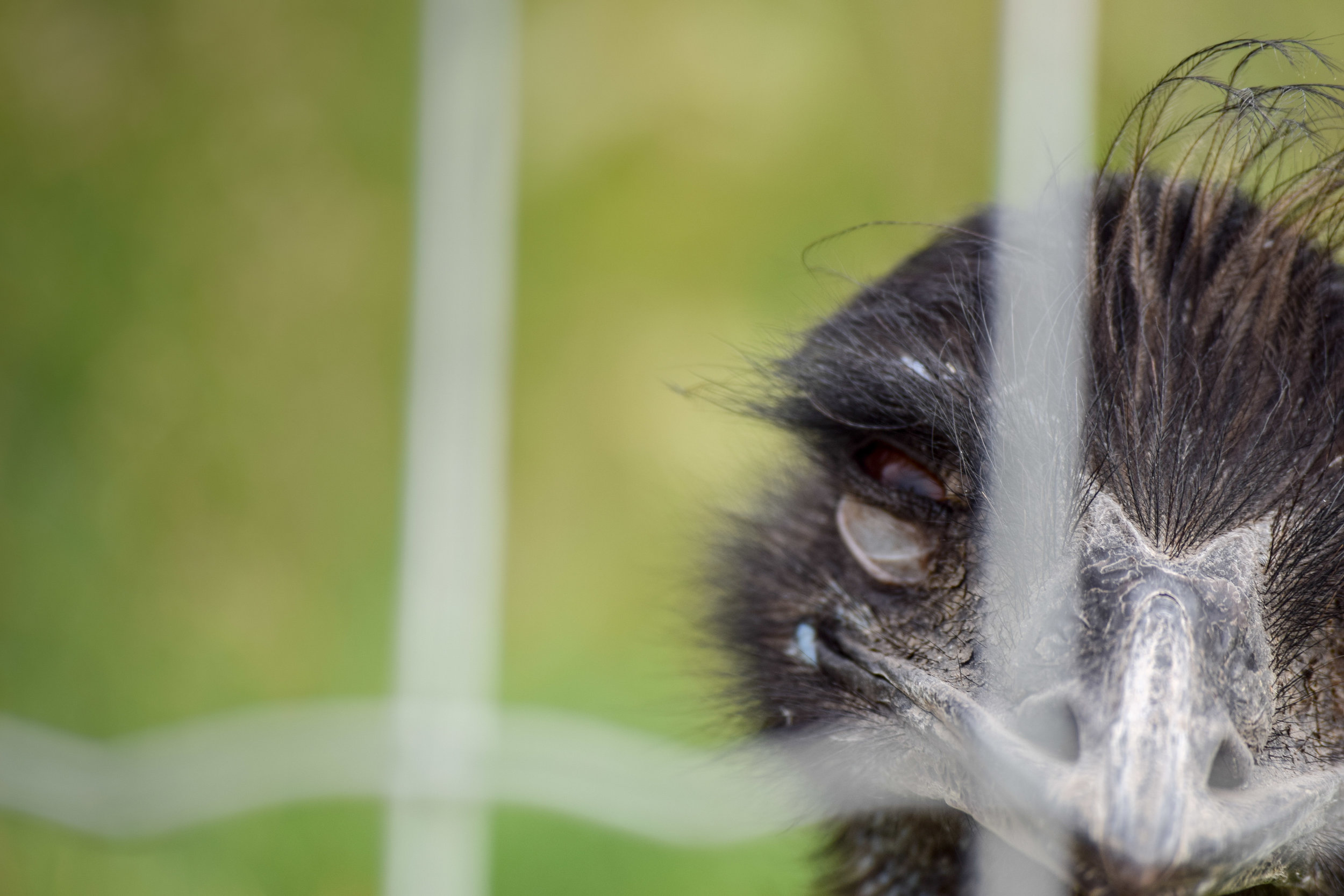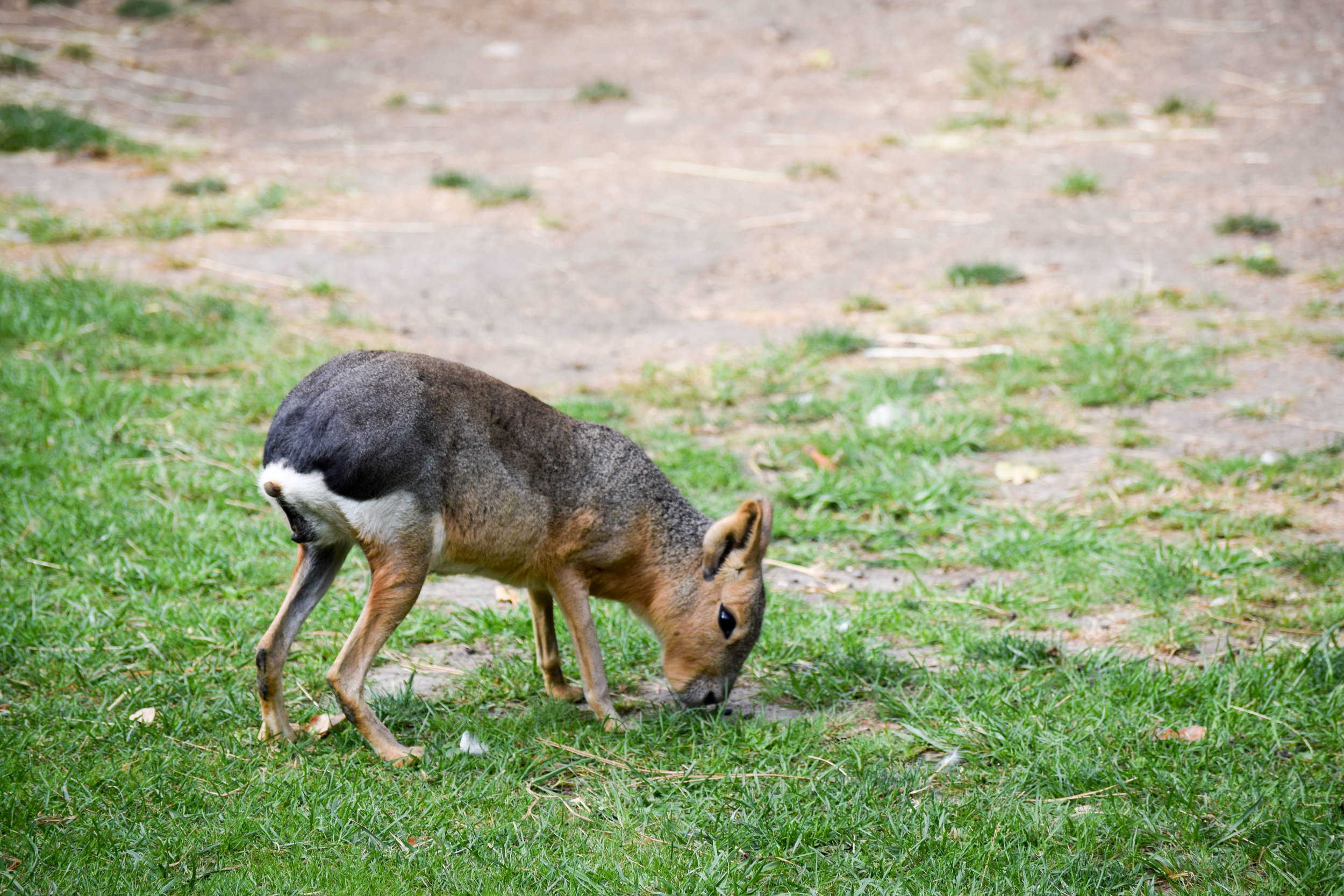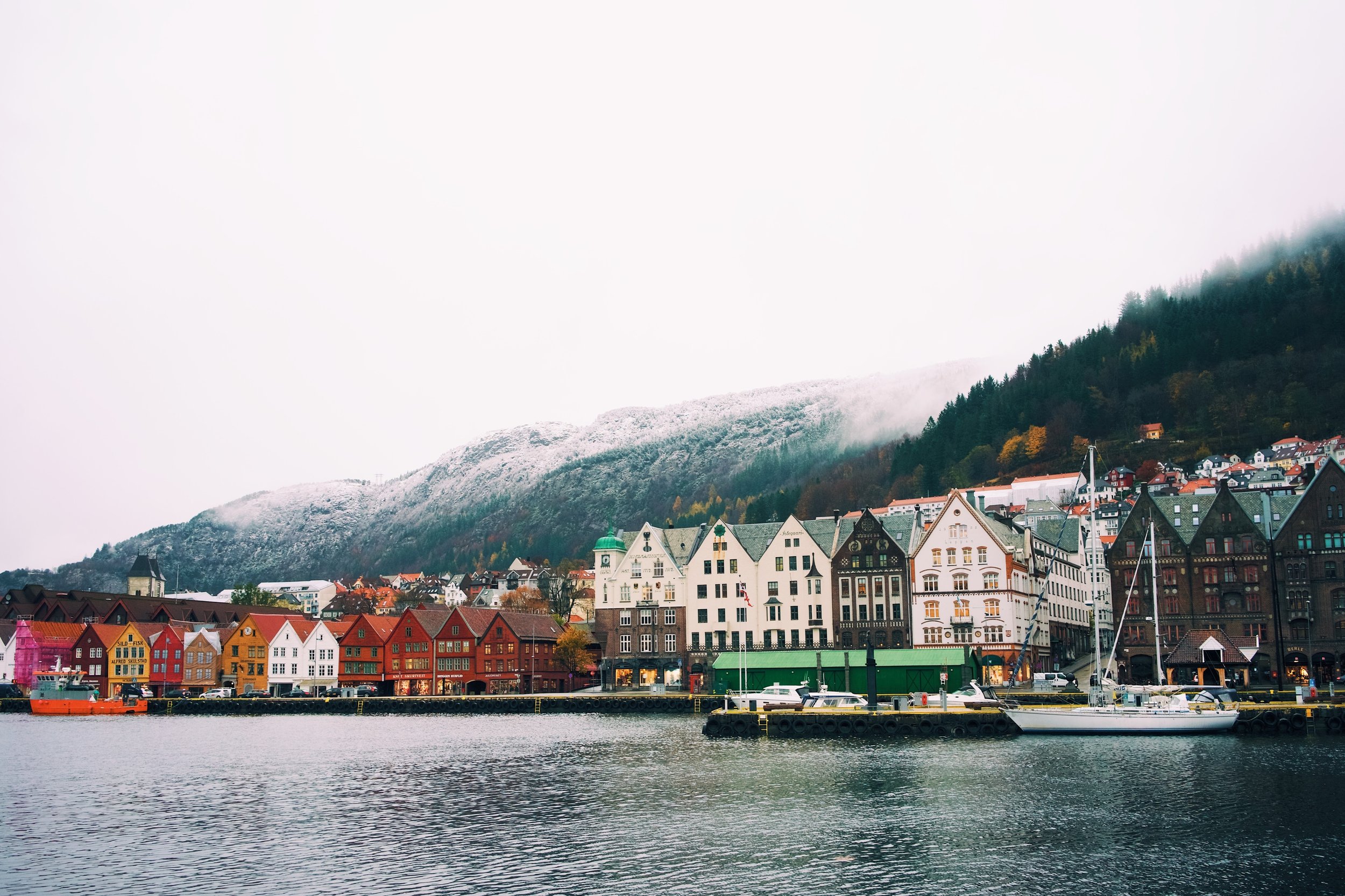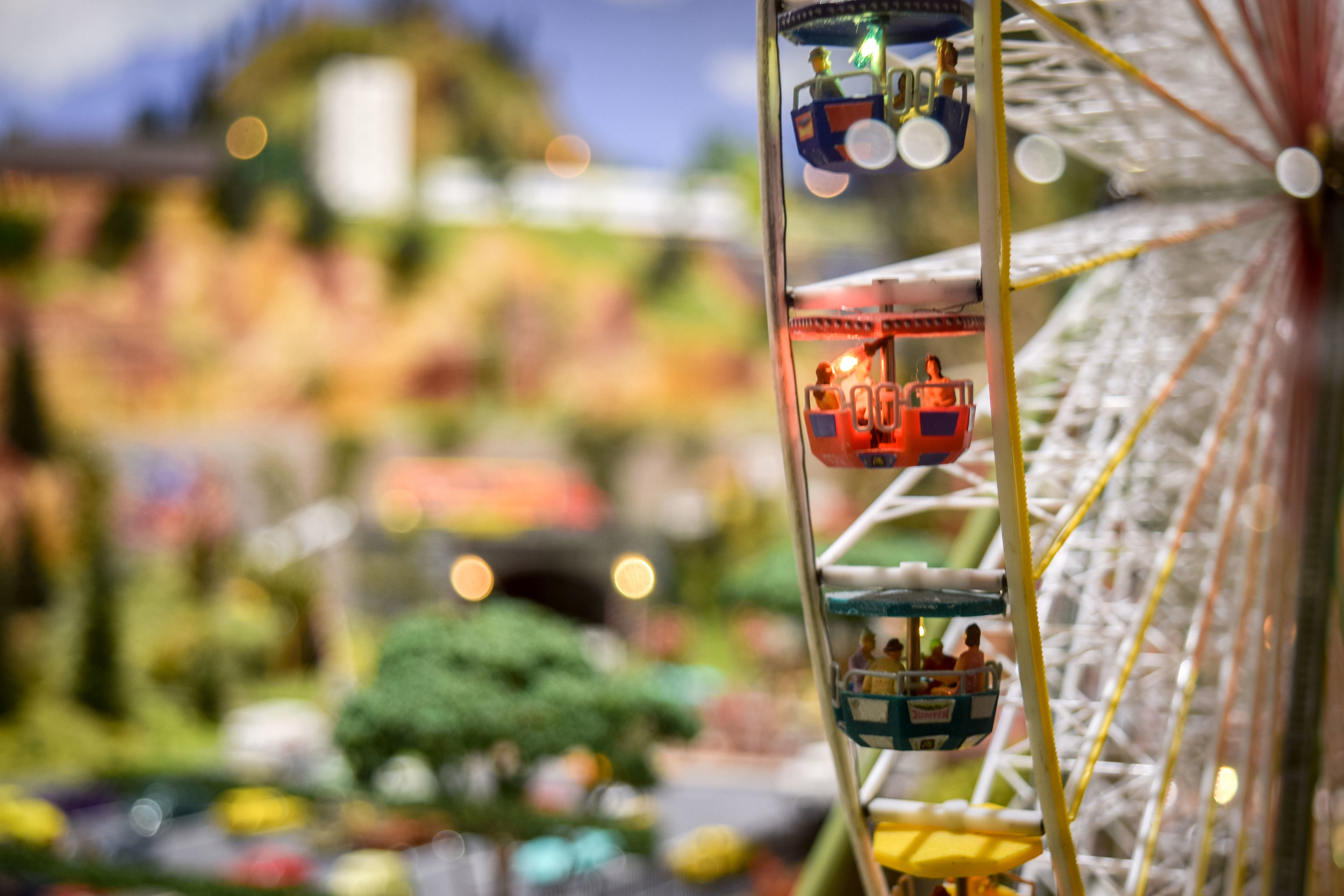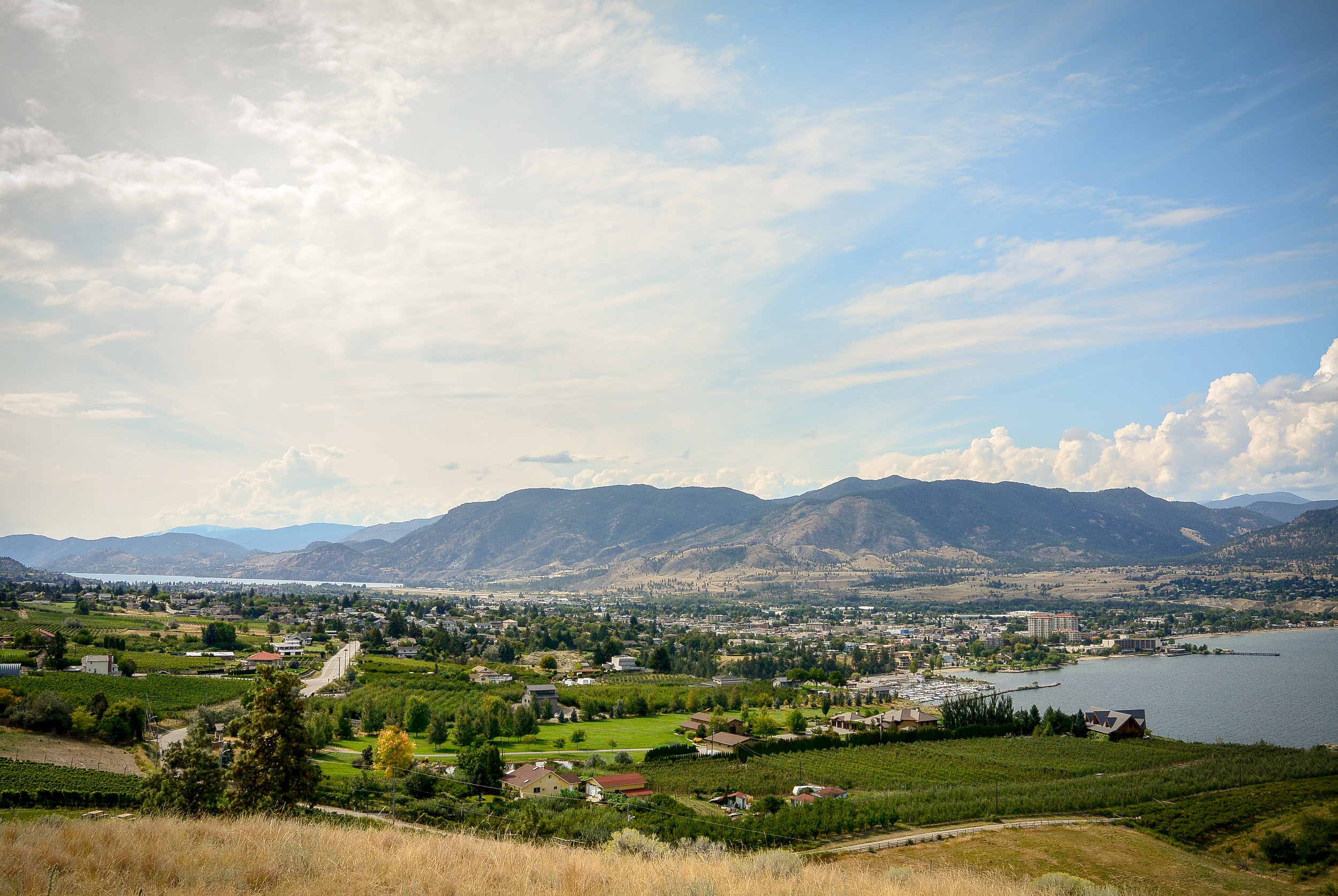Visiting Kangaroo Creek Farm: What You Need to Know

The older I get, the more torn I feel about wild animals being kept in captivity. I’ve touched briefly on the subject before when I visited the Belize Zoo last year and my thoughts are still much of the same. I feel slightly more at ease when I know animals have been rescued from abusive or dangerous environments and are being rehabilitated in a zoo or aquarium than when they’re bought or captured purely for our viewing pleasure. I only see an overwhelming problem in that latter.
Generally, I avoid supporting these kinds of institutions, especially places where visitors are allowed to physically interact with the animals.
So earlier this month, when family members of mine suggested we check out Kangaroo Creek Farm in Lake Country, B.C., I was uncertain but curious. I’d already seen countless photos on Facebook of some of my friends visiting the farm, little joeys wrapped in blankets nestling in their arms, posing next to kangaroos for selfies, and in all honesty I wasn’t sure if this was a place I wanted to support. But in order for me to form my own opinion of the place, I decided to visit the farm.
Visiting Kangaroo Creek Farm
The first kangaroos of Kangaroo Creek Farm where brought into Canada in 1989 from New Zealand, shortly before New Zealand decided to eradicate non-native species from the country. Since then, the farm has been breeding kangaroos and has brought other species into the farm's gene pool.
Kangaroo Creek Farm is sectioned off into four main areas that contain animals, three of which you can enter.
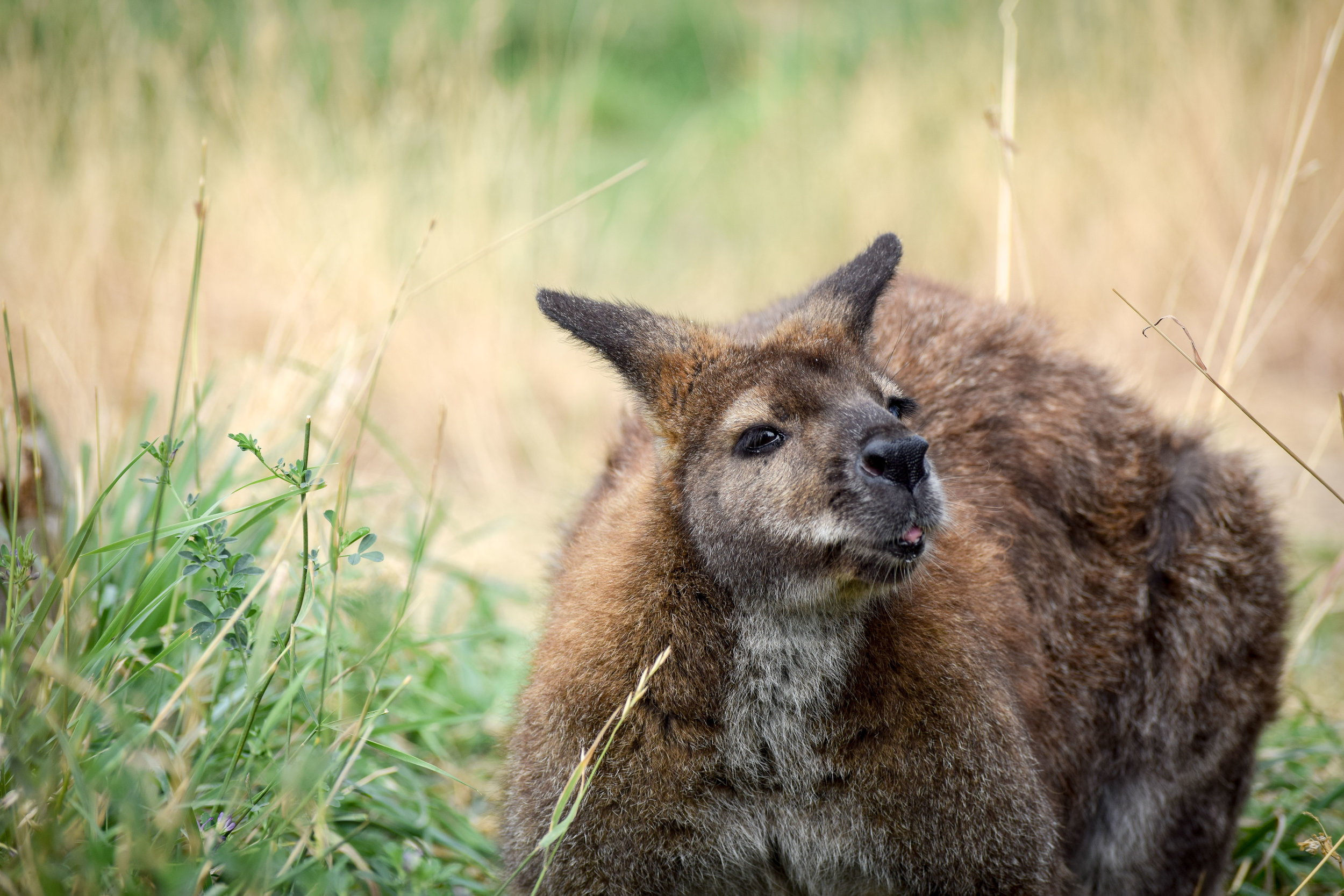
Upon arriving at the farm, to your right you’ll find the first enclosed area is home to capybaras, emus, chickens, goats, parrots, and various ducks.
A little further down to the left is perhaps the most beloved section of the entire farm for one special reason. Here, visitors are allowed to sit down and hold a joey for a couple minutes before it’s passed along to the next person. It’s obviously a huge highlight for both children and adults alike to be able to hold these adorable baby kangaroos and there was a constant line up stretching through the entire enclosure during my visit. Depending on when you go, you’ll also find farm attendants walking around in this area carrying little sugar gliders, essentially flying possums, which you may also be allowed to hold as well. You'll also find a few more goats, some pot belly pigs, birds, and a wallaby in this section.
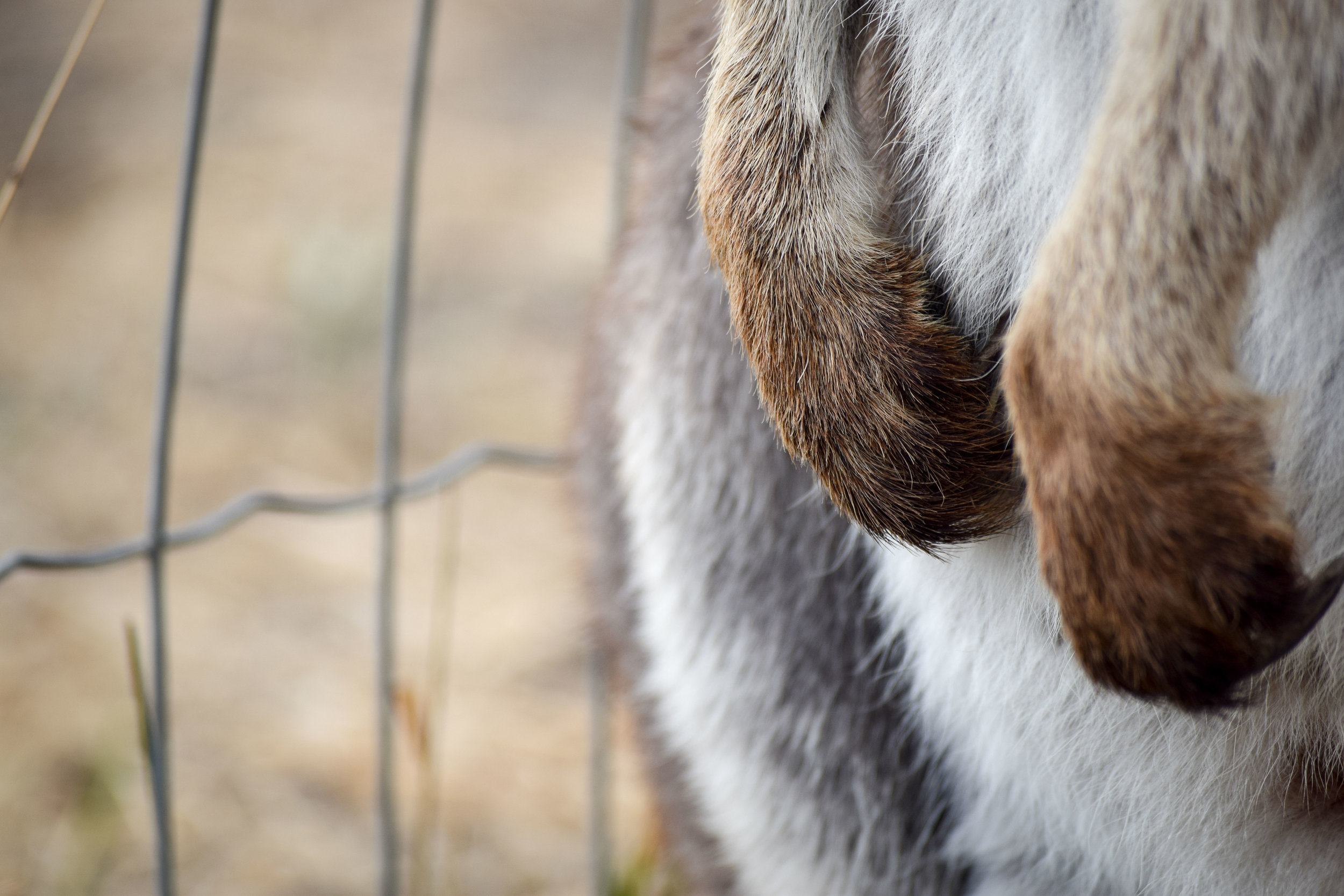
Further into the farm, there is an enclosure which contains some miniature horses and a llama (I’m not sure if there are more as I only saw the one during my visit). This section isn’t open to visitors.
The final enclosed section also happens to be the largest. Here, you’ll find kangaroos roaming freely which visitors are allowed to pet (the farm has rules on how to pet them) and feed (farm attendants wander around handing out food although I found that none of the kangaroos were really interested in it).
The Takeaway
Was it a neat experience to be at an arm’s length distance from kangaroos and wallabies? Of course! Would I go again? Probably not. Here’s why:
• One of the farm attendants explained that the kangaroos don’t mind when their babies are taken away from them for several hours to be held by visitors, although some kangaroo researchers have stated this may be detrimental to the animal.
• The attendant was also keen on imploring that kangaroos make terrible mothers, going so far as to throw their babies out of their pouch in the wild (they do indeed do this, but only when a predator is nearby - they leave the joey in order to escape from the threat and come back later to pick up their baby). Upon researching further, it seems kangaroos are actually considered to be quite family-oriented animals, with mothers carrying joeys in their pouches for up to 400 days after giving birth. In fact, even after the joey has left the pouch, most of the families stay together for a lifetime in what are called mobs.

• While the animals are kept in enclosures that are huge in comparison to any zoo or animal sanctuary I’ve ever seen, they’re still cages. And kangaroos in the wild cover great distances that just aren’t possible from inside a cage. However, I didn’t see any animals that appeared to be unhealthy or injured, perhaps mostly just bored.
Should you visit Kangaroo Creek Farm?
It’s entirely up to you. Here are some things you should know:
Kangaroo Creek Farm is located in Lake Country, between Kelowna and Vernon, British Columbia. Admission is $10 for adults, $5 for youth (under 19 years of age), $5 for seniors (65+), and children under 5 years of age are free. Currently, Kangaroo Creek Farm only accepts cash.
There is ample street parking close to the entrance and the farm is wheelchair accessible. Handicapped parking is also available on the property.
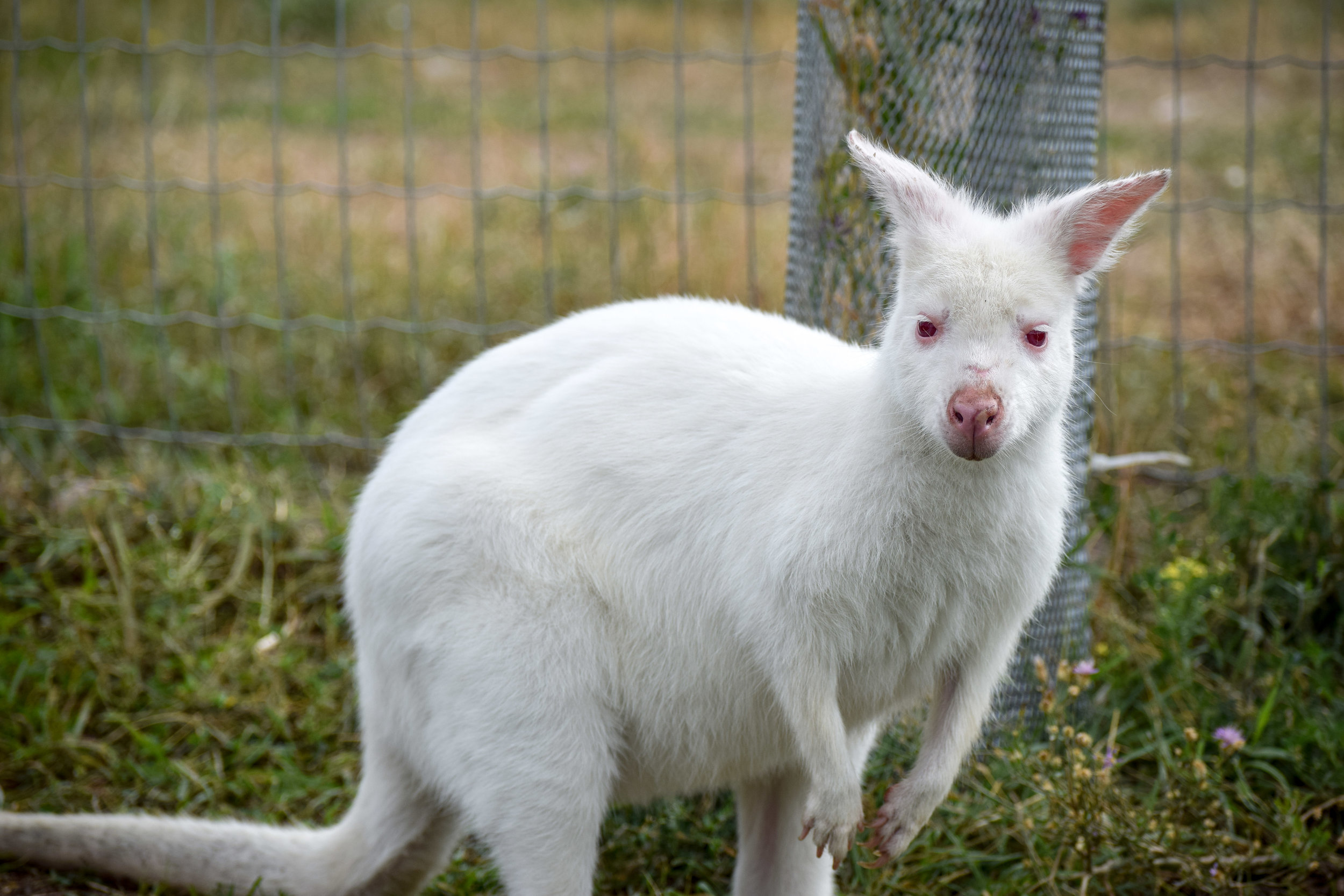
During high season, the farm is open from 10 am - 2 pm and again after 6 pm for a few hours. This afternoon break is to allow the animals some quiet time and for the kangaroo mothers to have their joeys returned to them. It’s quite busy during the summer months and the farm receives plenty of visitors. For the quietest times, it’s best to come first thing in the morning (and you’ll be able to take advantage of only paying 50% of the admission fee during the first hour).
At the time this article goes to publication, the farm is open daily from 10 am - 2 pm, however be sure to check their website prior to your visit for current opening times.
Like it? Pin it!



